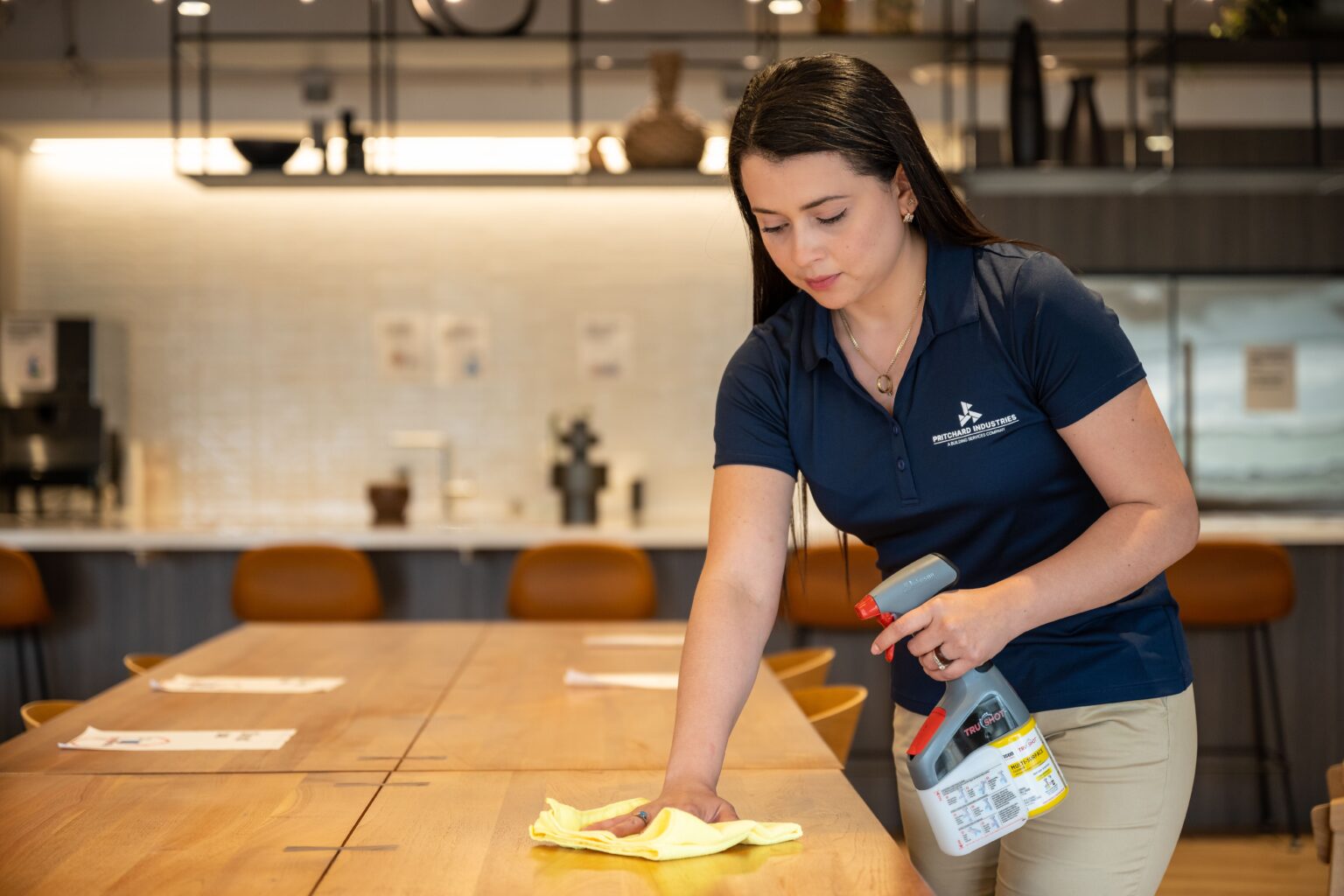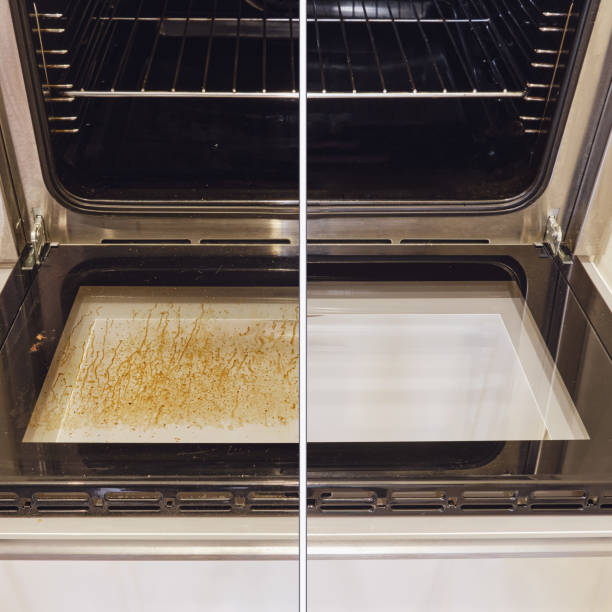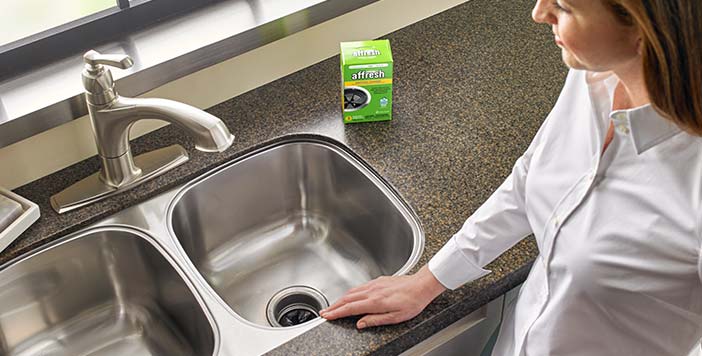How to Clean Butcher-Block Countertops
However, like any surface, they require regular cleaning and maintenance to keep them looking their best and to ensure they remain safe for food preparation. In this blog, we’ll walk you through the best practices for cleaning and caring for your butcher-block countertops.
Why Choose Butcher-Block Countertops?
Butcher-block countertops are made from strips of hardwood glued together, providing a durable and attractive surface. They are easy to repair, can be sanded down to remove scratches, and, when properly maintained, can last for years. However, they are susceptible to staining and bacteria if not cared for correctly.
Tools and Supplies You’ll Need
Before getting started, gather the following supplies:
– Soft Cloths or Sponges: For cleaning without scratching.
– Mild Dish Soap: Gentle enough to use on wood surfaces.
– Baking Soda: For removing stubborn stains.
– White Vinegar: A natural disinfectant.
– Food-Safe Mineral Oil or Beeswax: For conditioning and sealing the wood.
– Sandpaper (optional): For light sanding to remove deep scratches or stains.
Step-by-Step Cleaning Process
1. Daily Cleaning
For routine maintenance, follow these simple steps:
– Wipe Down: After each use, wipe the countertop with a soft cloth or sponge dampened with warm, soapy water. This removes food particles and prevents buildup.
– Rinse: After wiping, rinse the cloth and wipe again with clean water to remove any soap residue.
– Dry: Use a dry cloth to thoroughly dry the surface, as excess moisture can warp the wood.
2. Dealing with Stains and Odors
For tougher stains or lingering odors, you can use the following methods:
– Baking Soda Paste: Mix baking soda with a small amount of water to create a paste. Apply it to the stained area, let it sit for about 10-15 minutes, then gently scrub with a soft sponge. Rinse and dry.
– Vinegar Solution: Wipe clean with a soft cloth, then rinse and dry.
3. Disinfecting
To ensure your butcher-block countertop is sanitized, especially after cutting raw meat or poultry:
– Vinegar Spray: Spray the vinegar solution mentioned above, or use a food-safe disinfectant spray.
– Hydrogen Peroxide: For a stronger disinfectant, apply a thin layer of hydrogen peroxide (3% solution) to the surface.
4. Conditioning and Sealing
To keep your butcher-block countertop looking its best and to protect it from moisture:
– Oil Application: Every few weeks (or more frequently if your countertop sees heavy use), apply a generous amount of food-safe mineral oil or beeswax.
– Pour the oil onto the countertop and use a clean cloth to spread it evenly.
– Allow it to soak in for at least 30 minutes or overnight for best results.
5. Light Sanding (if necessary)
If your countertop has deep scratches or stains that won’t come out with cleaning, consider light sanding:
– Use fine-grit sandpaper (220-grit or higher) to gently sand the affected area in the direction of the wood grain.
– Wipe the surface clean of dust afterward, and reapply mineral oil or beeswax to restore its finish.
Tips for Maintaining Your Butcher-Block Countertop
– Use Cutting Boards: Always use cutting boards to prevent deep cuts and scratches on the surface.
– Avoid Harsh Chemicals: Stay away from bleach or abrasive cleaners, as they can damage the wood.
– Keep Dry: Wipe up spills promptly and avoid soaking the countertop to prevent warping or cracking.
– Avoid Extreme Temperatures: Do not place hot pots or pans directly on the surface, as this can scorch the wood.
Conclusion
Cleaning and maintaining butcher-block countertops is straightforward and rewarding. With regular care, you can preserve their beauty and functionality for years to come. By following these tips and techniques, you’ll ensure your kitchen remains a welcoming and safe space for preparing meals. So roll up your sleeves and give your butcher-block countertops the attention they deserve!




